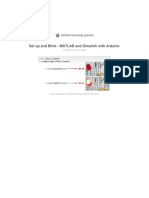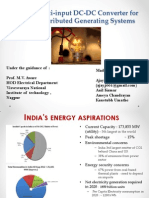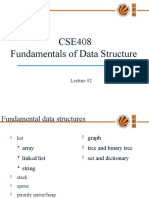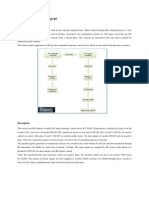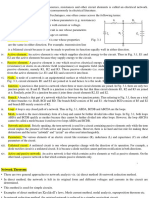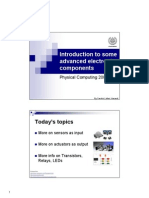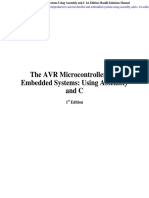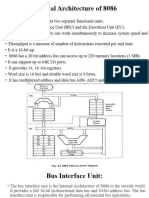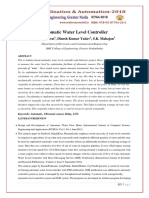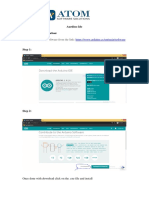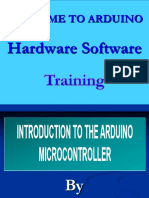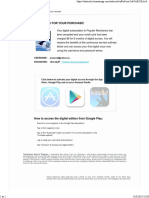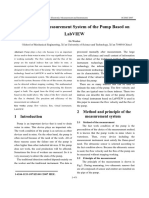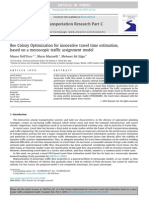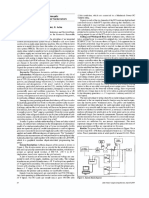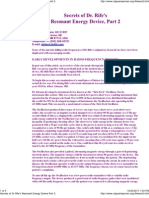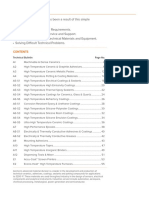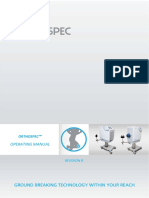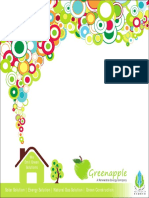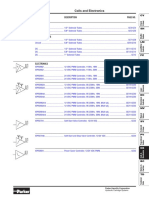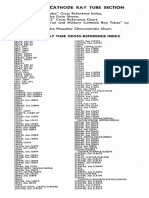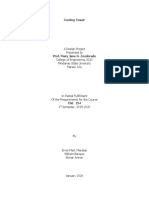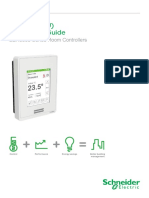0% found this document useful (0 votes)
45 views29 pagesArduino and Matlab For Prototyping and Manufacturing
The document provides an overview of using Arduino and MATLAB for prototyping and manufacturing, detailing the Arduino platform, programming basics, and its interaction with sensors and actuators. It covers essential components, programming structures, and the integration of MATLAB for enhanced data processing and visualization. Practical examples, such as blinking an LED and creating a touch lamp, are also included to illustrate the application of these technologies.
Uploaded by
Julio CésarCopyright
© © All Rights Reserved
We take content rights seriously. If you suspect this is your content, claim it here.
Available Formats
Download as PDF, TXT or read online on Scribd
0% found this document useful (0 votes)
45 views29 pagesArduino and Matlab For Prototyping and Manufacturing
The document provides an overview of using Arduino and MATLAB for prototyping and manufacturing, detailing the Arduino platform, programming basics, and its interaction with sensors and actuators. It covers essential components, programming structures, and the integration of MATLAB for enhanced data processing and visualization. Practical examples, such as blinking an LED and creating a touch lamp, are also included to illustrate the application of these technologies.
Uploaded by
Julio CésarCopyright
© © All Rights Reserved
We take content rights seriously. If you suspect this is your content, claim it here.
Available Formats
Download as PDF, TXT or read online on Scribd
/ 29
